
Key Signs of a lingering pathogen:
> History
> Fever pattern / abnormal heat
> Abnormal sweating
> Muscle aches and weakness
> Fatigue, low energy levels
> Swollen lymph nodes
> Tongue thrones
> Skin lesions
Low Grade Fever and Abnormal Heat Sensations
A fever is an abnormal elevation, or the perception of an elevation in the body temperature, that may be either systemic or localized. The fever type most typical of a lingering pathogen is a low grade fever, but depending on the duration of the condition, the degree of dampness and any complicating deficiency, the heat sensation can vary considerably. Abnormal heat sensations in the body may also point to the possibility of a lingering pathogen, and these may be subjective or objective.
When subjective, the patient feels hot or heat intolerant in one part of the body – the hands and feet, head or chest are common. The heat may be suggested by symptoms such as night sweats, flushing, light or inadequate dressing for the weather, or throwing the bedding off of the feet at night.
When objective, the patient is generally unaware of any heat, and it is detected by the practitioner during the course of the physical examination, usually as a region of the body (commonly the chest, upper back, abdomen, hands and feet or head) that is distinctly warmer than the surrounding area.

The more heat, or heat related damp, the more distinct the heat sensation or fever is likely to be. In cases with relatively little heat, with damp predominance or significant complicating deficiency, heat sensations may be muted or absent. In this case a ‘contained fever’ may be detected, Low grade fevers cyclical, appearing daily at specific times. Periods of fever may come and go, occurring for a few weeks, the abating for a variable time before beginning again.
A common variant is alternating fever and chills. These are characterized by distinct episodes of fever alternating with distinct chills, shivering, cold intolerance or goose bumps. In acute cases the fever and chill pattern is clear and unmistakable, but when prolonged and in patients with underlying deficiency, the fever and chill episodes can be muted to point that they may only appear sporadically when the patient is run down, and then often described vaguely as ‘flu like symptoms’ or ‘getting hot and cold’. In some patterns, the fever and chill episodes may appear every few days for a few hours, or just in the afternoon.
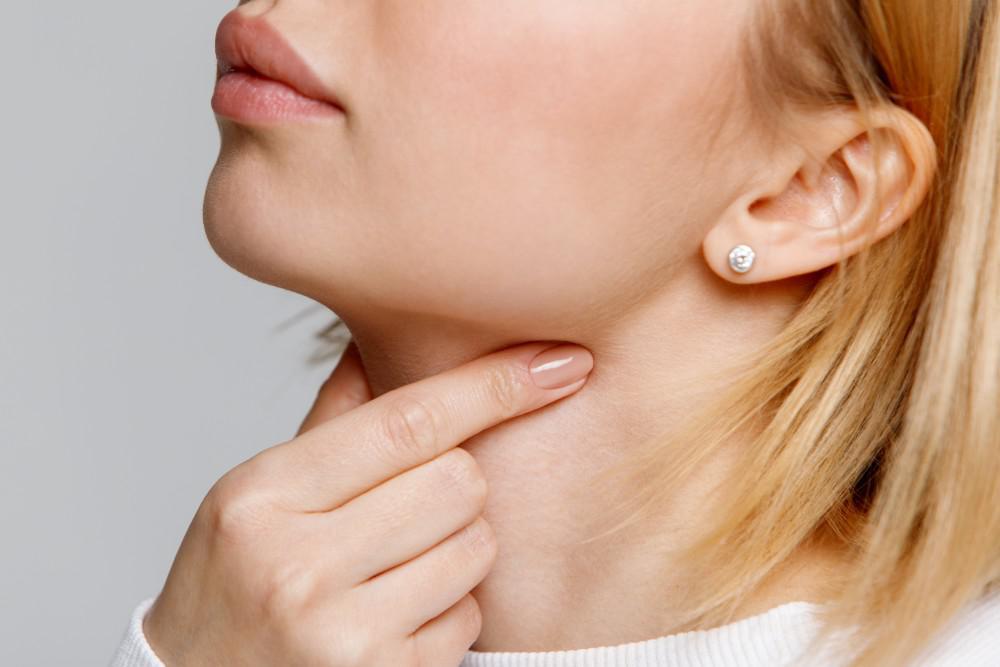
Swollen Lymph Nodes and Tonsils
Palpable lymph nodes in the neck are a common finding, and often the initial clue that points towards a lingering pathogen diagnosis. The nodes have a very specific feel. Lymph nodes suggestive of a lingering pathogen are non tender or slightly tender, well defined, round, soft or slightly rubbery and yielding. They feel just like small peas under the skin, and are able to move slightly over the subcutaneous tissue. Lymph node swelling can come and go during the course of a prolonged lingering pathogenic illness.
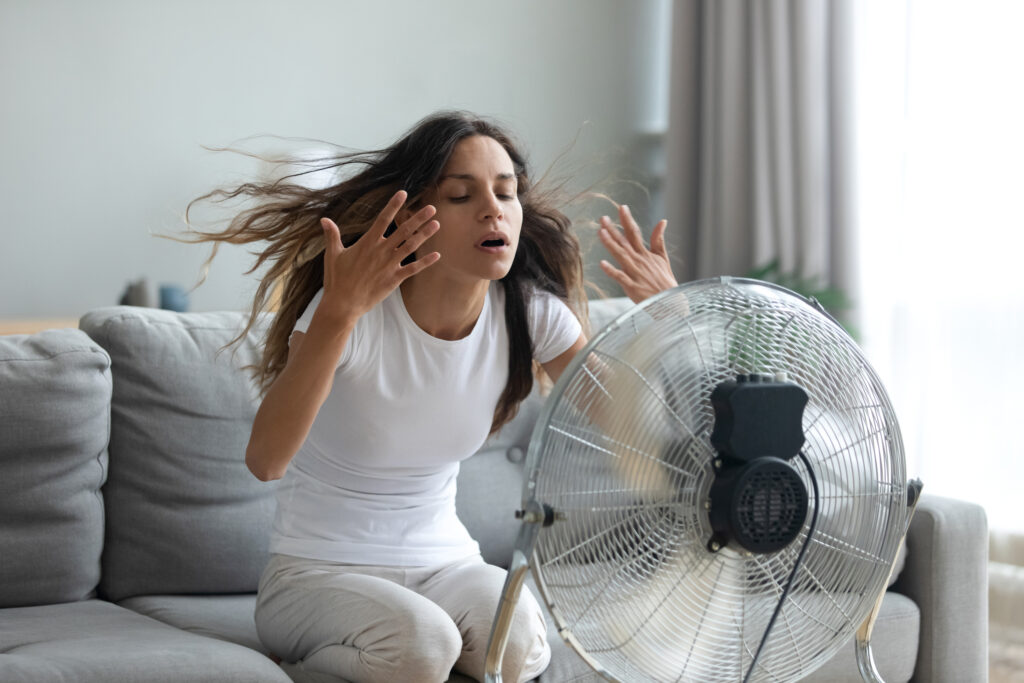
Abnormal Sweating
Abnormal sweating is a common finding in patients with a lingering pathogen, and one that is easy to overlook. Troublesome, debilitating or embarrassing sweating (usually night sweats or sweating palms) will be reported, but patients are often insensible to sweating, or it is considered normal and thus disregarded. A thorough physical examination is essential in assessing the presence or absence of moisture on the skin. Particular attention should be paid to the hands and feet, forearms and shins, back of the neck and chest and upper abdomen. Be aware of influences of anxiety, the warmth of the environment, and whether or not the patient has rushed to the appointment.
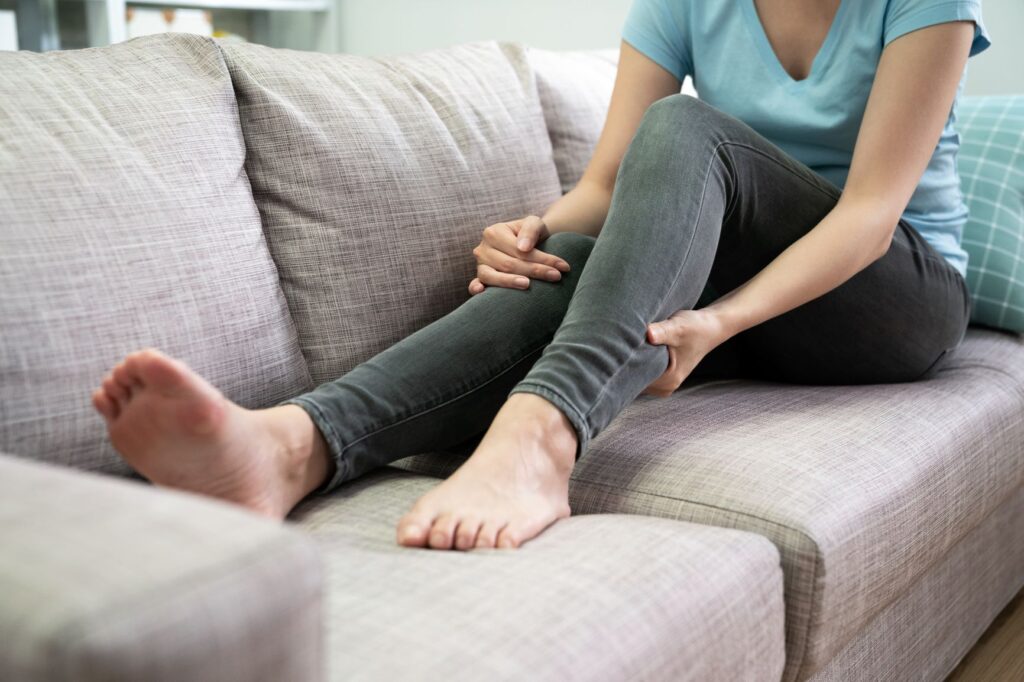
Muscle and Joint Aches
The aching is felt deep in the muscles and tends to be diffuse. It can be associated with a distinct feeling of heaviness or weakness, and most commonly affects the large proximal muscles. The thighs and hips, buttocks and waist, and upper arms are common locations. The more damp there is, the more aching; the more heat there is, the weaker the muscles feel. Soft tissue around joints can be affected as well, so both muscle and joints may ache.

Energy Levels
Persistent fatigue since a previous illness, or a sudden and otherwise inexplicable drop in energy lasting from a few hours to days or longer, may suggest a lingering pathogen, when accompanied by abnormal heat, sweating or lymph node swelling. Most lingering pathogens are accompanied by significant to debilitating fatigue, which bears little relationship to the energy expenditure of the individual.
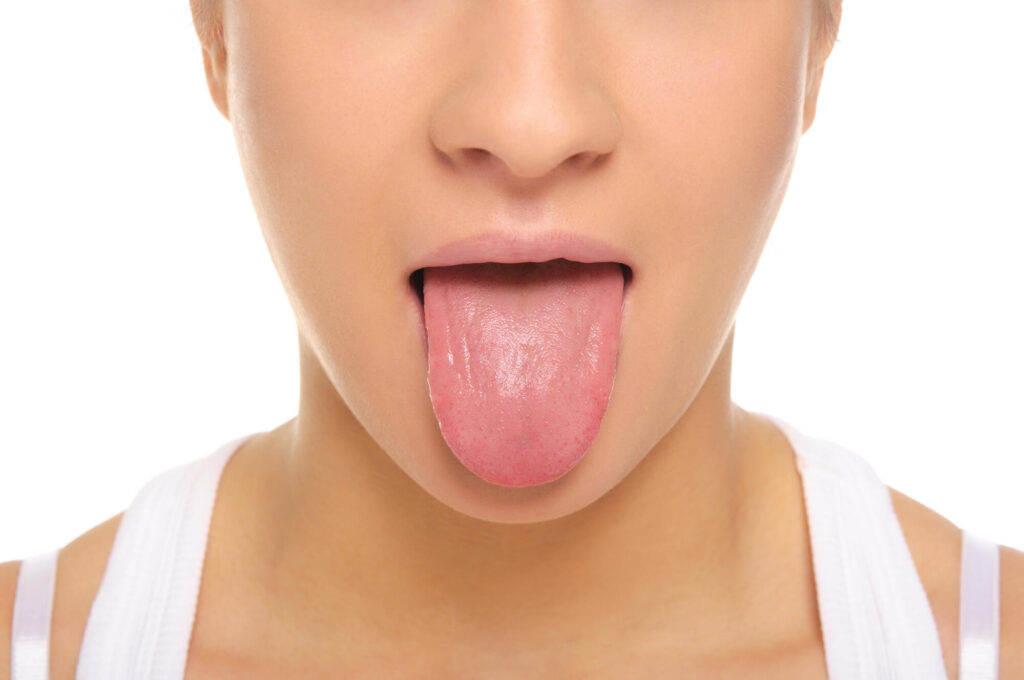
Tongue
Certain features of the tongue, in particular the prominent red protrusions (thorns) that appear anteriorly, around the edges of the tongue and on the root of the tongue, are suggestive of a lingering pathogen. The distribution of the thorns can give clues as to the depth of the pathogen. The other main benefit of the tongue is as a prognostic indicator and a measure of how well a treatment is progressing.
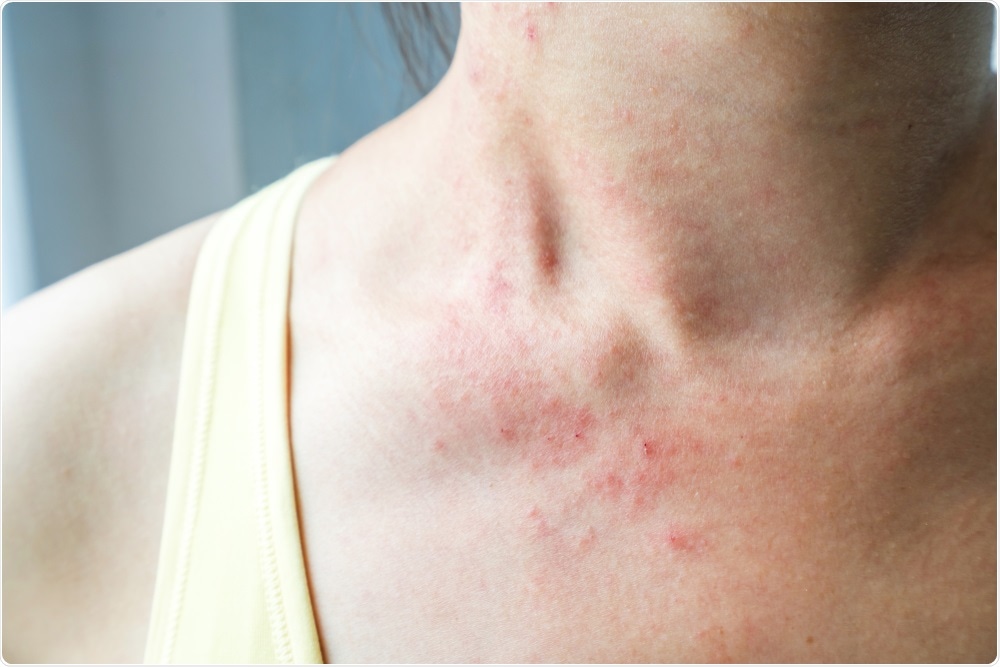
Skin Lesions and Rashes
Skin lesions and rashes characteristic of lingering pathogens include macules, papules and vasicles. Macules and papules often appear together as a maculopapular rash. Depending on their nature and when they appear, their appearance can be encouraging, or a sign that something is going wrong. In general however, if other symptoms are improving when a rash appears, it is a good sign.
Lingering Pathogens Part Three: Etiology and Treatment
